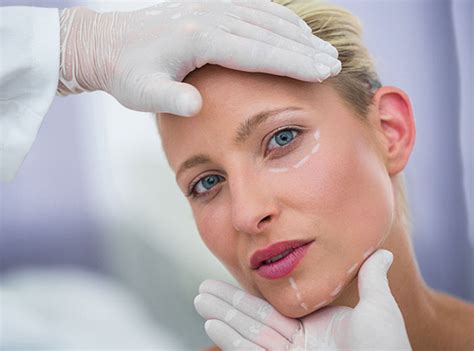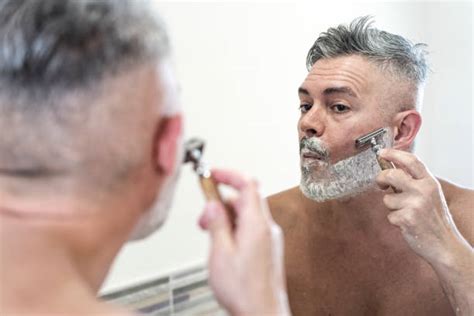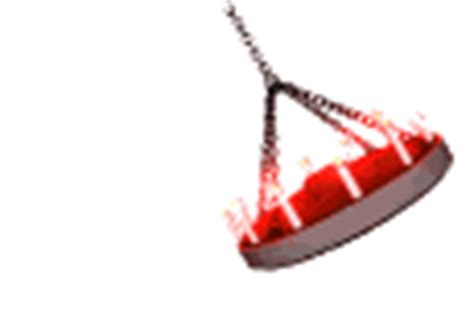Pro-level strategy to prevent ingrown hairs for smooth, clear skin?

Understanding Ingrown Hairs: The Root of the Problem
Ingrown hairs are a common, frustrating skin condition that occurs when a shaved or tweezed hair curls back and grows into the skin. Instead of growing outwards, the hair becomes trapped, leading to inflammation, redness, bumps, and sometimes even infection. This often happens because the hair follicle becomes clogged with dead skin cells, or the hair itself is coarse and curly, making it more prone to re-entering the skin. While annoying, ingrown hairs are largely preventable with the right approach.
The Pre-Shave Prep: Laying the Foundation for Smoothness
Prevention starts even before the blade touches your skin. Proper preparation is crucial for softening the hair and skin, making it easier for hairs to grow outwards rather than inwards. Begin by exfoliating the skin. Gently removing dead skin cells can help clear the path for emerging hairs and prevent them from getting trapped. Use a mild physical exfoliant or a chemical exfoliant containing salicylic or glycolic acid a day or two before shaving.
Just before shaving, apply a warm compress or take a warm shower. The steam and heat will open up your pores and soften both the skin and the hair follicles, making the hair less resistant and easier to cut. This also helps to lift hairs away from the skin, reducing the likelihood of them curling back.

Mastering the Shave: Techniques for Ingrown-Free Results
Your shaving technique is perhaps the most critical factor in preventing ingrown hairs. Always use a sharp, clean razor blade. Dull blades require more pressure, leading to a closer shave that cuts the hair below the skin’s surface, increasing the risk of ingrowns. Replace your blade every 5-7 shaves, or sooner if you notice any tugging or discomfort.
Shave in the direction of hair growth, not against it. While shaving against the grain might feel like it gives a closer shave, it significantly increases the chances of the hair curling back into the skin. Use light, short strokes and avoid pressing too hard. Let the razor do the work. Rinse your blade frequently to prevent hair and product buildup, which can pull at the skin and contribute to irritation.

Post-Shave Sanctuary: Calming and Protecting Your Skin
Once you’ve finished shaving, rinse your skin with cool water. This helps to close the pores and soothe any potential irritation. Pat your skin dry gently with a clean towel; do not rub vigorously. Immediately follow with a soothing after-shave balm or serum. Look for products containing ingredients like aloe vera, witch hazel, or chamomile, which have anti-inflammatory properties. Avoid products with alcohol, as they can dry out and irritate the skin.
Regular moisturizing is also essential. Keeping your skin hydrated helps to maintain its elasticity and health, making it less prone to irritation and making it easier for hairs to grow through without obstruction. Opt for a non-comedogenic moisturizer that won’t clog pores.

Long-Term Prevention: Sustainable Strategies for Flawless Skin
Beyond the shaving routine itself, there are ongoing habits that contribute to preventing ingrown hairs. Continue regular, gentle exfoliation a few times a week, even on non-shaving days, to keep pores clear. Consider using products specifically formulated to prevent ingrown hairs, often containing mild acids that continuously keep the skin surface smooth.
Avoid wearing tight clothing immediately after shaving, especially in areas prone to ingrown hairs like the bikini line or neck. Tight clothing can cause friction and push hairs back into the skin, hindering proper growth. Opt for loose, breathable fabrics to allow your skin to recover and hair to grow freely.

When to Seek Professional Advice
While these strategies are highly effective, some persistent or severe cases of ingrown hairs might require professional attention. If you experience frequent, painful, or infected ingrown hairs that don’t respond to home care, or if you notice signs of infection such as pus, increased redness, or fever, consult a dermatologist. They can offer stronger topical treatments, prescribe antibiotics, or perform minor procedures to extract stubborn ingrown hairs safely.

By integrating this pro-level strategy into your grooming routine, you can significantly reduce the occurrence of ingrown hairs and achieve the smooth, clear skin you desire. Consistency and attention to detail are key to maintaining a flawless complexion.








